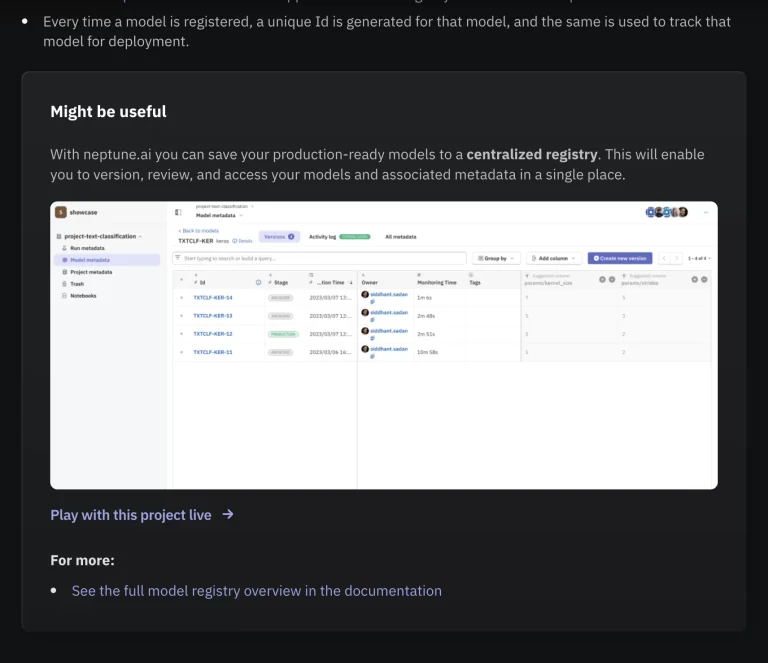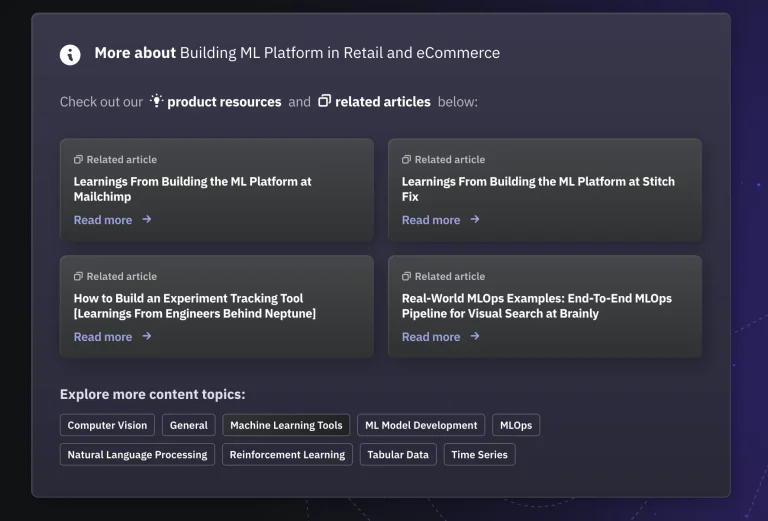What are Internal Links and Their Purpose?
Internal links act as navigational pathways within a website, guiding users from one page to another. We’ve created ready-made components that strategically direct visitors to related content, including blog posts, tutorials, case studies, or other valuable resources. The goal? Enhancing engagement, refining user journeys, and fostering deeper interaction within the site.
Two sides of Internal Linking: Conversion and SEO
Internal linking can be looked at from two different perspectives: what it brings to the website in terms of conversions and how it affects the website’s SEO.
Conversion
By incorporating internal links as personalized call-to-actions (CTAs) and link boxes embedded within content, creators can curate tailored pathways for users. These components not only complement the current content but also entice users to explore additional relevant materials, extending their stay and interaction with the website.
Internal linking isn’t just about guiding users—it’s a powerful conversion tool. By presenting related resources through these links, content editors facilitate smoother user journeys, significantly impacting conversion rates. This method presents the site as a valuable resource, fostering a positive brand image.
SEO
Beyond user engagement, internal linking profoundly influences search engine optimization. Search engine bots navigate a website’s structure through these internal links, mapping relationships between pages and indexing content. This improves discoverability and enhances the site’s credibility in search engine rankings.
A page or post that receives a lot of links is considered important or valuable by Google. With the right internal connections, you can direct visitors and Google to your most crucial sites. Pages on your website that lack internal links are referred to as orphaned content and are problematic because without an internal link directing the Googlebot to these sites, search engines are unable to locate and index them.
Examples
A great example of internal linking strategy is implemented at neptune.ai, which uses our ready-made components to guide the user to the right places and help them navigate the website and find the content they are interested in.

Putting product demo and links to different parts of the website in the table of contents is a simple but effective way to show the user available content at the start of reading an article.
Links between paragraphs

Thanks to related posts, you can promote other pieces of content that dive deeper into a specific topic. Thanks to this, interested users are able to go directly from one blog post to the next.
Links within text

Using links within text with appropriate anchor text is a common usage of internal linking that helps to guide the user to appropriate content. It’s easy but very useful.
Visible Product-Related CTA

By using a visible box containing similar content to the one being read, we direct the user to consume more content, showing that our website has many sources of information that the user can engage with.
Box with related articles

With this box with related blog posts, you can also give links to blog categories in which there is even more content to consume.
Final product related CTA

Using a box with related content at the end of the article is a way to navigate the user to similar content at the end of reading and thus increase page conversions.
Conclusion
Internal linking isn’t just about interconnecting web pages; it’s the glue that holds a website together, shaping a seamless and intuitive user journey. When deployed strategically, these links catalyze and enrich user experience. By providing clear pathways, users are more likely to linger, explore, and engage deeply with the material provided.
Internal linking seamlessly presents relevant resources, and content marketers can subtly influence user decisions, steering them towards desired actions, whether it’s making a purchase, signing up for a newsletter, or exploring premium services. Through strategic internal linking, content marketers guide users and lay the groundwork for higher engagement rates, increased conversions, and improved search engine visibility.


